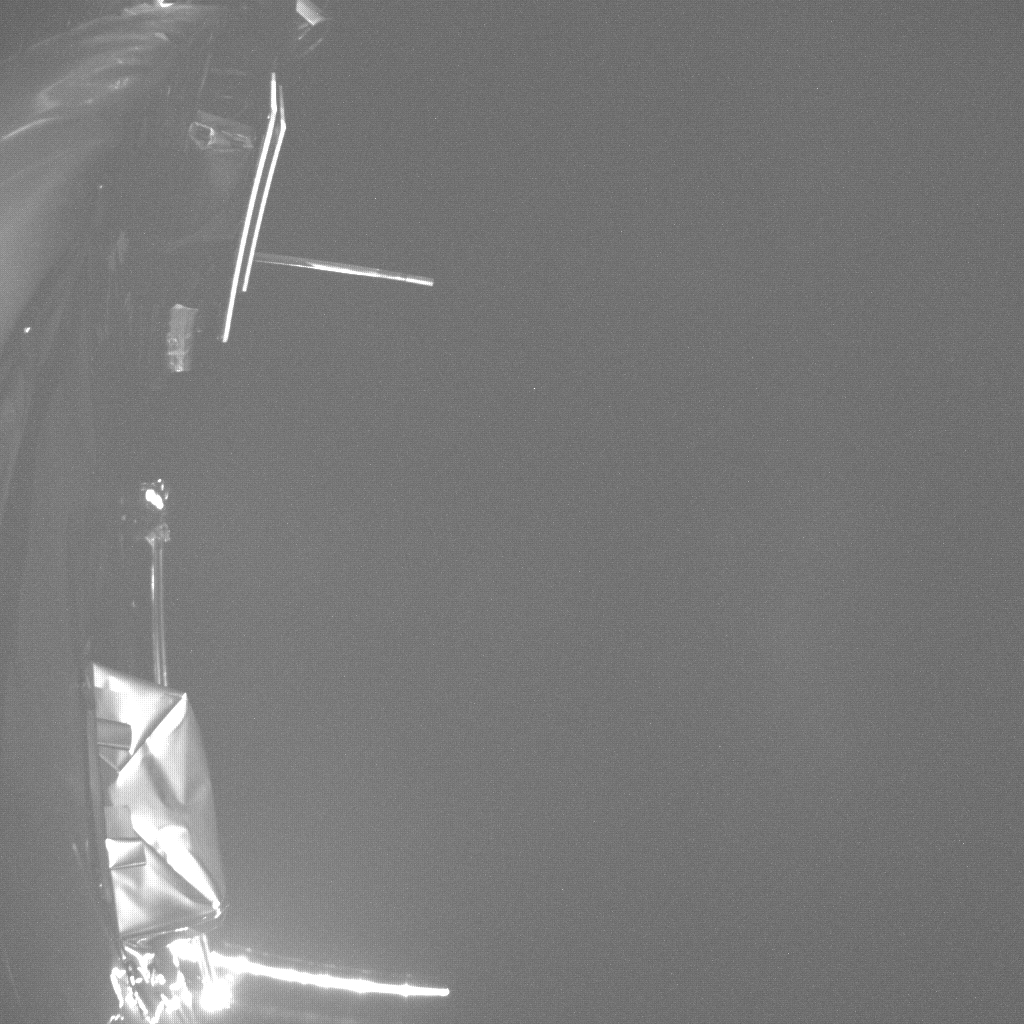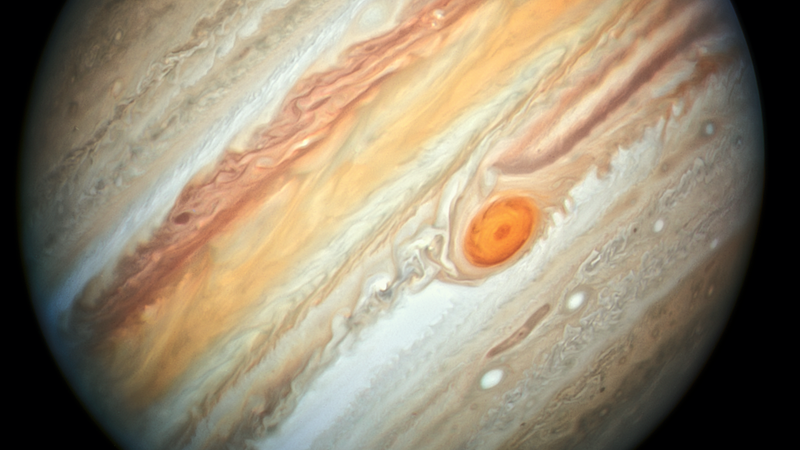- The European Space Agency had to get creative to remove a tiny pin blocking the RIME antenna on Juice from being deployed.
- Flight controllers tried using Juice’s thrusters to shake the pin loose and the Sun’s heat to warm it.
- Eventually, a pair of non-explosive actuators were fired to shake the pin loose and allow RIME to be fully deployed.
Once an object leaves the Earth’s surface, it becomes rather difficult to conduct repairs as we learned when the Hubble Space Telescope experienced issues in 2021.
For the last few weeks, the European Space Agency (ESA) has been dealing with a problem with its Jupiter Icy Moons Explorer (Juice) satellite’s antenna.
The antenna in question is Rader for Icy Moons Exploration or RIME.
“An ice penetrating radar to study the subsurface structure of the icy moons down to 9 km depth with vertical resolution of up to 30m in ice,” reads a blurb on the ESA’s website. The antenna measures 16m in length and as you might imagine, it had to be stowed away for launch.
Three weeks after launch, ESA discovered that RIME wasn’t able to fully extend.
“During the first attempt to extend the folded-up antenna, only the first segments of each half were deployed. Flight controllers suspected that a tiny stuck pin jammed the other segments in place,” the spacefaring agency explained in a blog post.
How does one remove a “tiny pin” from a spacecraft a few weeks into a 600 million kilometre journey?
Initially the ESA tried to shake the pin loose using Juice’s thrusters. The flight controllers also tried to warm the pin using the sun in a bid to expand the metal but neither solution worked.
Then, last week, ESA’s flight control team fired a non-explosive actuator located in the jammed bracket. This delivered a shock which moved the pin a few millimetres and allowed RIME to extend. You can see the antenna’s first part extending in the GIF below.

However, a secondary actuator had to be fired in order to unfold the final part of the antenna. Once this was fired, the arm fully extended for the first time since before Juice was launched.
RIME is just one of ten instruments stowed away on Juice. Other science instruments include camera systems JANUS and GALA, which will be used to study the tidal deformation of Ganymede and the morphology and topography of the surfaces of the icy moons.
Here’s hoping the remainder of Juice’s journey is uneventful and ground teams don’t have to get creative about repairing a satellite that should arrive at Jupiter seven and a half years from now.
Once Juice arrives, it’s meant to spend three and a half years in the Jovian system to see whether life can survive on a gas giant’s moons. The mission will also study Ganymede’s magnetic field, one of only three bodies and the only Moon in our solar system that generates magnetic dipole fields.

